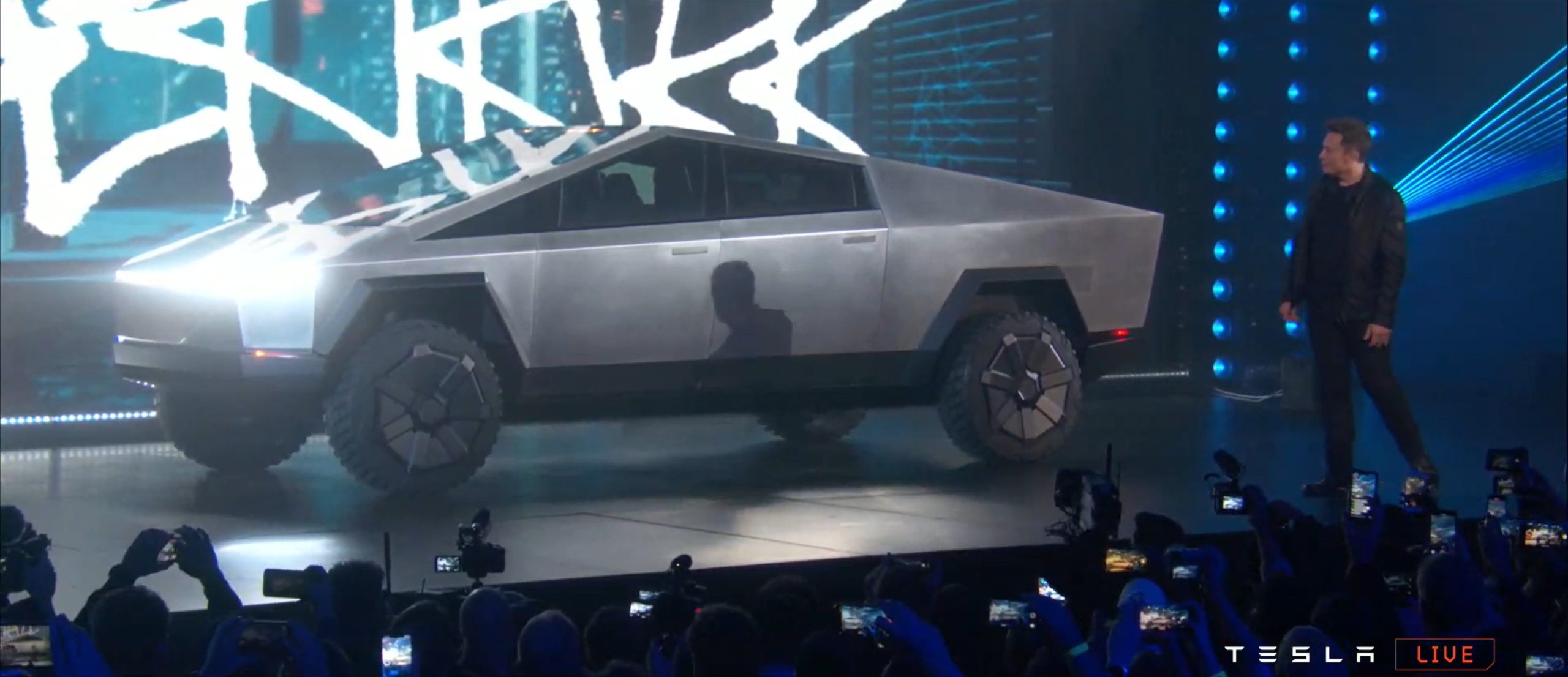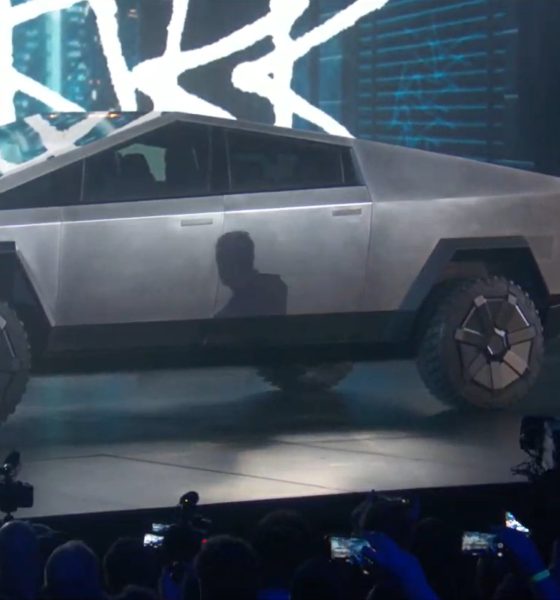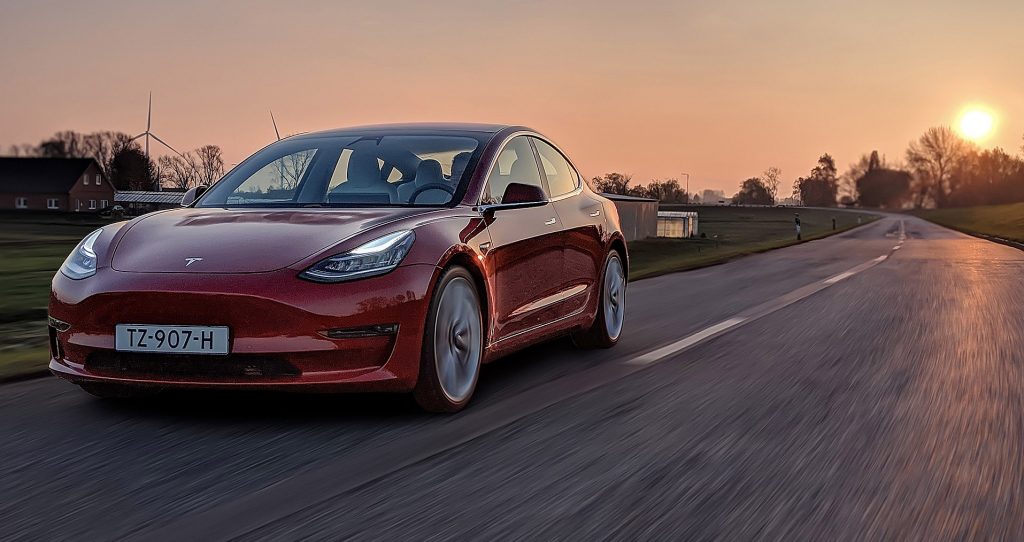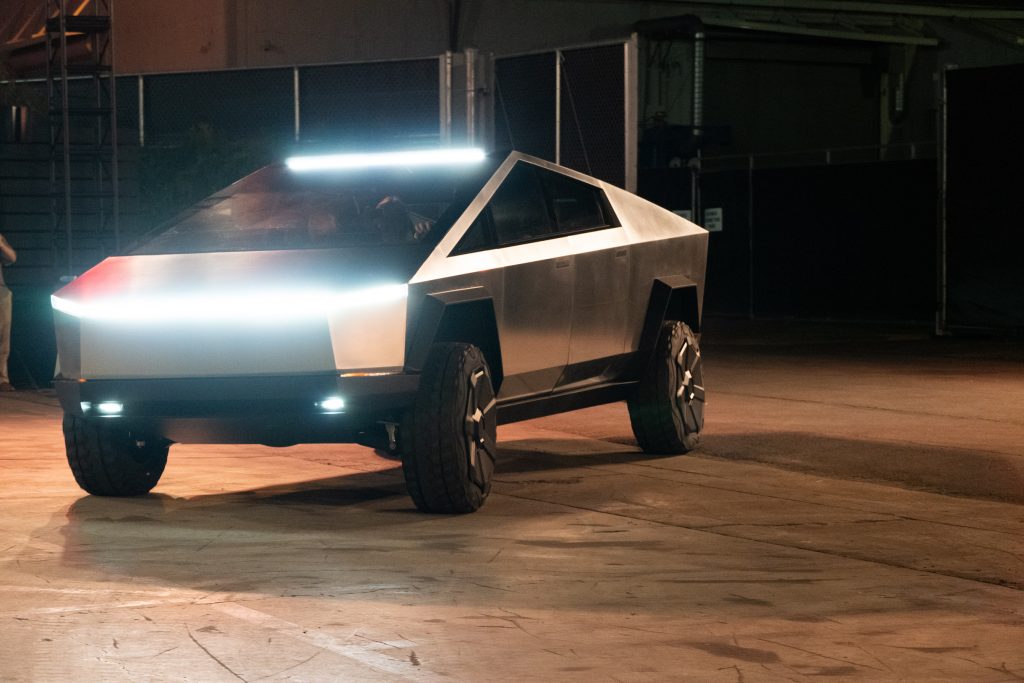

News
Tesla’s Cybertruck does not need traditional ‘truck people’s’ support to succeed
The Tesla Cybertruck is not a vehicle that could be appreciated by everyone. Uncompromisingly futuristic and angular to a fault, the vehicle looks less like a traditional pickup compared to other all-electric trucks like the Rivian R1T. Thanks to its polarizing looks, Tesla critics have predicted that the Cybertruck would be a flop, since the vehicle would not appeal to traditional “truck people,” who have preconceived notions about what a pickup should look like.
To be fair, the Cybertruck has received harsh criticism from a good number of classic pickup truck enthusiasts. Yet, despite this, the idea that the all-electric truck would fail because it would not appeal to a “typical Ford F-150 buyer” will likely be proven wrong. In fact, if one were to look at the history of Tesla’s vehicles, particularly the Model 3, one would note that the electric car maker’s cars do not really need the support of an existing demographic to be a success.
Tesla made a rather strange decision when it decided to start the Model 3’s rollout on the United States. During that time, some of the company’s critics pointed to the alleged folly of this strategy, particularly as the US’ luxury sedan market was in a steep decline. Yet, when Tesla hit its stride with Model 3 production, this bearish thesis was proven wrong. American car buyers bought the electric sedan, ending 2018 as the best-selling luxury car on the market with over 145,000 units sold.

Tesla’s later discussions on Model 3 trends featured interesting insights about the vehicle and why it continued to buck the trend by thriving despite the decline in the US’ sedan sales. As it turned out, the Model 3 did not just convert existing luxury car buyers when it was released — it actually inspired a new type of electric car buyer. What are these customers? They were people who have never considered buying a premium vehicle before.
This is why some of the top vehicles traded in for the Model 3 include more affordable vehicles like the Toyota Prius and the Honda Accord. By offering the best tech and safety at a price point that’s justified by a significantly lower total cost of ownership, Tesla ended up encouraging customers to acquire the Model 3, even if they have to make a stretch to do so. By doing this, the Model 3 was essentially able to create a market for itself. The same could happen to the Cybertruck.

Thus, while it is true that the Cybertruck may never convert die-hard “truck people” who are loyal to veteran brands, the vehicle may also easily attract buyers who were previously not in the market for a pickup truck at all. This is already hinted at by some reservation holders who have shared their insights online, with some admitting that they are not “truck people” at all, but they are attracted to the Cybertruck’s cost and features nonetheless. Starting at $39,990, the Cybertruck is only a bit more expensive than the Standard Range Plus Model 3, which is a sedan.
The Tesla Cybertruck is still more expensive than entry-level pickups on the market, but it is priced very competitively against full-sized, double-cab pickups from rival carmakers. The vehicle is also loaded to the teeth with standard features that would otherwise require an aftermarket modification, such as its motorized tonneau cover. Couple this with a lower cost of ownership compared to massive fuel and maintenance costs incurred by conventional gas-guzzlers like the Ford F-150 and the Cybertruck becomes a very attractive vehicle, pickup veterans and otherwise.
H/T u/Dandan0005/Reddit

News
Elon Musk’s Grokipedia surges to 5.6M articles, almost 79% of English Wikipedia
The explosive growth marks a major milestone for the AI-powered online encyclopedia, which was launched by Elon Musk’s xAI just months ago.

Elon Musk’s Grokipedia has grown to an impressive 5,615,201 articles as of today, closing in on 79% of the English Wikipedia’s current total of 7,119,376 articles.
The explosive growth marks a major milestone for the AI-powered online encyclopedia, which was launched by Elon Musk’s xAI just months ago. Needless to say, it would only be a matter of time before Grokipedia exceeds English Wikipedia in sheer volume.
Grokipedia’s rapid growth
xAI’s vision for Grokipedia emphasizes neutrality, while Grok’s reasoning capabilities allow for fast drafting and fact-checking. When Elon Musk announced the initiative in late September 2025, he noted that Grokipedia would be an improvement to Wikipedia because it would be designed to avoid bias.
At the time, Musk noted that Grokipedia “is a necessary step towards the xAI goal of understanding the Universe.”
Grokipedia was launched in late October, and while xAI was careful to list it only as Version 0.1 at the time, the online encyclopedia immediately earned praise. Wikipedia co-founder Larry Sanger highlighted the project’s innovative approach, noting how it leverages AI to fill knowledge gaps and enable rapid updates. Netizens also observed how Grokipedia tends to present articles in a more objective manner compared to Wikipedia, which is edited by humans.
Elon Musk’s ambitious plans
With 5,615,201 total articles, Grokipedia has now grown to almost 79% of English Wikipedia’s article base. This is incredibly quick, though Grokipedia remains text-only for now. xAI, for its part, has now updated the online encyclopedia’s iteration to v0.2.
Elon Musk has shared bold ideas for Grokipedia, including sending a record of the entire knowledge base to space as part of xAI’s mission to preserve and expand human understanding. At some point, Musk stated that Grokipedia will be renamed to Encyclopedia Galactica, and it will be sent to the cosmos.
“When Grokipedia is good enough (long way to go), we will change the name to Encyclopedia Galactica. It will be an open source distillation of all knowledge, including audio, images and video. Join xAI to help build the sci-fi version of the Library of Alexandria!” Musk wrote, adding in a later post that “Copies will be etched in stone and sent to the Moon, Mars and beyond. This time, it will not be lost.”
News
Tesla Model 3 becomes Netherlands’ best-selling used EV in 2025
More than one in ten second-hand electric cars sold in the country last year was a Tesla Model 3.

The Tesla Model 3 became the most popular used electric car in the Netherlands in 2025, cementing its dominance well beyond the country’s new-car market.
After years at the top of Dutch EV sales charts, the Model 3 now leads the country’s second-hand EV market by a wide margin, as record used-car purchases pushed electric vehicles further into the mainstream.
Model 3 takes a commanding lead
The Netherlands recorded more than 2.1 million used car sales last year, the highest level on record. Of those, roughly 4.8%, or about 102,000 vehicles, were electric. Within that growing segment, the Tesla Model 3 stood far ahead of its competitors.
In 2025 alone, 11,338 used Model 3s changed hands, giving the car an 11.1% share of the country’s entire used EV market. That means more than one in ten second-hand electric cars sold in the country last year was a Tesla Model 3, Auto Week Netherlands reported. The scale of its lead is striking: the gap between the Model 3 and the second-place finisher, the Volkswagen ID3, is more than 6,700 vehicles.
Rivals trail as residual values shape rankings
The Volkswagen ID.3 ranked a distant second, with 4,595 used units sold and a 4.5% market share. Close behind was the Audi e-tron, which placed third with 4,236 registrations. As noted by Auto Week Netherlands, relatively low residual values likely boosted the e-tron’s appeal in the used market, despite its higher original price.
Other strong performers included the Kia Niro, the Tesla Model Y, and the Hyundai Kona, highlighting continued demand for compact and midsize electric vehicles with proven range and reliability. No other model, however, came close to matching the Model 3’s scale or market presence.
News
Tesla Model Y Standard Long Range RWD launches in Europe
The update was announced by Tesla Europe & Middle East in a post on its official social media account on X.

Tesla has expanded the Model Y lineup in Europe with the introduction of the Standard Long Range RWD variant, which offers an impressive 657 km of WLTP range.
The update was announced by Tesla Europe & Middle East in a post on its official social media account on X.
Model Y Standard Long Range RWD Details
Tesla Europe & Middle East highlighted some of the Model Y Standard Long Range RWD’s most notable specs, from its 657 km of WLTP range to its 2,118 liters of cargo volume. More importantly, Tesla also noted that the newly released variant only consumes 12.7 kWh per 100 km, making it the most efficient Model Y to date.
The Model Y Standard provides a lower entry point for consumers who wish to enter the Tesla ecosystem at the lowest possible price. While the Model 3 Standard is still more affordable, some consumers might prefer the Model Y Standard due to its larger size and crossover form factor. The fact that the Model Y Standard is equipped with Tesla’s AI4 computer also makes it ready for FSD’s eventual rollout to the region.
Top Gear’s Model Y Standard review
Top Gear‘s recent review of the Tesla Model Y Standard highlighted some of the vehicle’s most notable features, such as its impressive real-world range, stellar infotainment system, and spacious interior. As per the publication, the Model Y Standard still retains a lot of what makes Tesla’s vehicles well-rounded, even if it’s been equipped with a simplified interior.
Top Gear compared the Model Y Standard to its rivals in the same segment. “The introduction of the Standard trim brings the Model Y in line with the entry price of most of its closest competition. In fact, it’s actually cheaper than a Peugeot e-3008 and costs £5k less than an entry-level Audi Q4 e-tron. It also makes the Ford Mustang Mach-E look a little short with its higher entry price and worse range,” the publication wrote.








